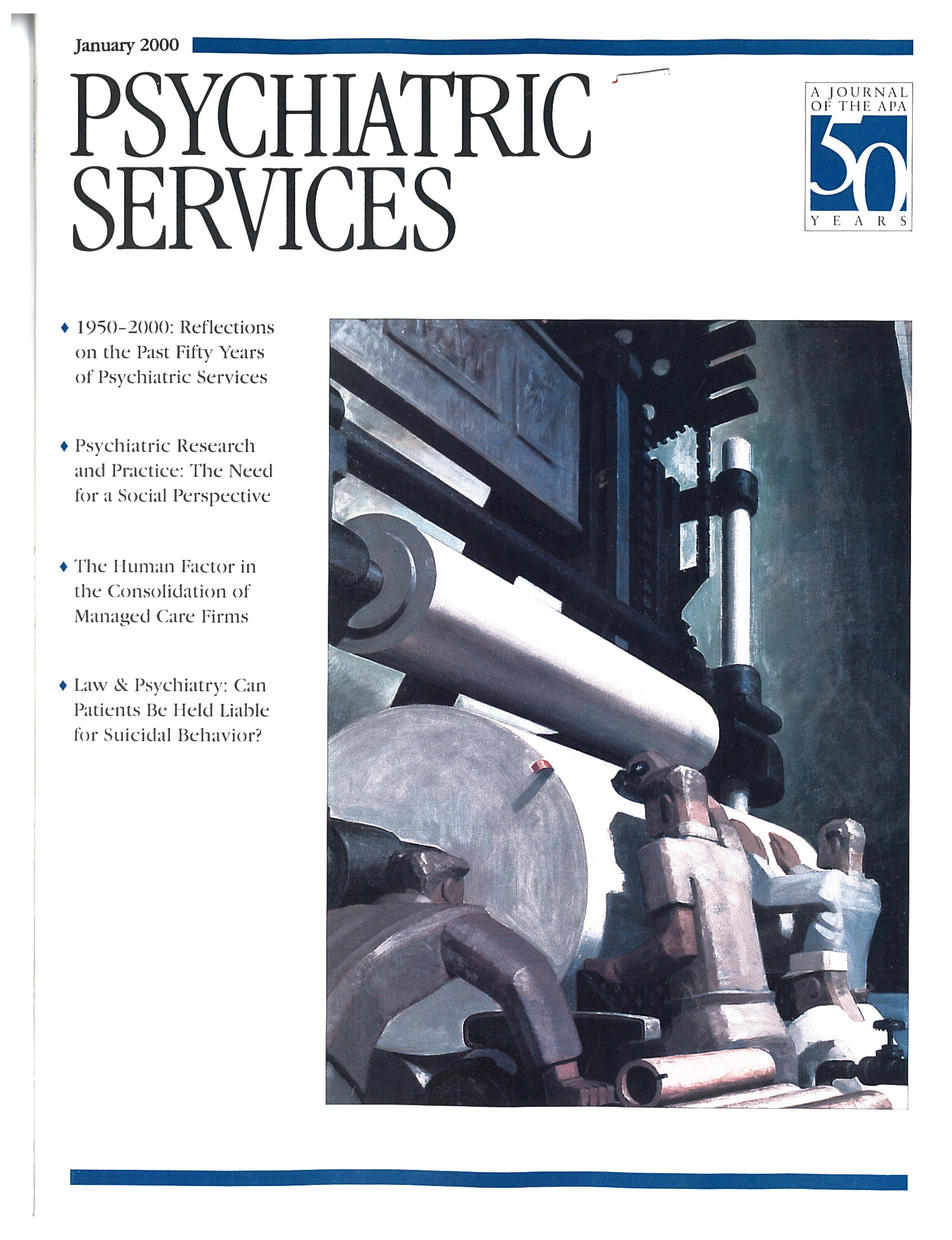Characteristics of Participants and Nonparticipants in Medication Trials for Treatment of Schizophrenia
Abstract
OBJECTIVE: The study compared the characteristics of patients who participated in efficacy trials of medications for treatment of schizophrenia with those of the other patients in the clinical population from which the trial participants had been selected. METHODS: Study participants from ten trials of treatment efficacy conducted at a community mental health center in the early and mid-1990s were compared with nonparticipants using data on demographic and diagnostic characteristics and service utilization from the center's administrative database. Six of the trials selected patients with schizophrenia and no concurrent substance use disorder, and four selected patients with dual diagnoses of schizophrenia and a substance use disorder. RESULTS: Compared with nonparticipants, participants in both types of trial were about six to eight years younger, were two to four times less likely to have ever married, and used more services. Participants in trials that selected patients with no substance use disorder were more likely to be high school graduates and were four times more likely to work full time, compared with nonparticipants. Participants in trials that selected patients with dual diagnoses were likely to be minorities and less likely to have medical comorbidities, compared with nonparticipants. CONCLUSIONS: Participants in treatment efficacy trials differed substantially from nonparticipants. Some characteristics of the trial participants, including reduced likelihood of ever having been married and male gender, have been associated with poorer treatment outcomes in earlier studies. Other characteristics, such as younger age and greater likelihood of having graduated from high school and of working full time, have been associated with better outcomes.



